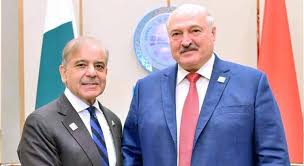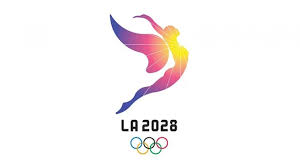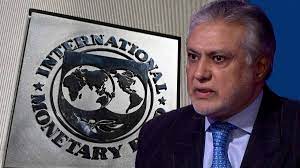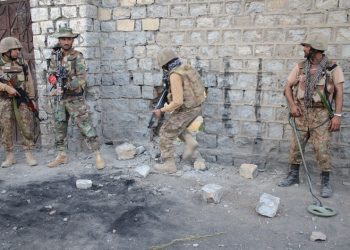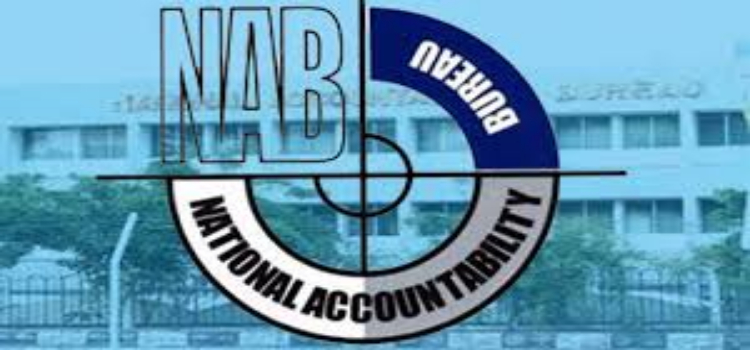The federal government has decided to hedge 15 million barrels of oil to benefit from the low prices in the global market in the wake of coronavirus lockdowns after finding offshore oil storages as unfeasible because of the higher costs.
Pakistan’s crude oil import is 68 million barrels per annum. The import of high-speed diesel (HSD) is 19 million barrels and of petrol is 45 million barrels. The liquified natural gas (LNG) stands at 6 million tonnes. This makes the total volume of imports at around 175 million barrels per annum.
The petroleum division has been working with the ministry of finance for the last one month to evaluate the possibilities of hedging some portion of the exposure to Pakistan for import of petroleum products that are directly or indirectly linked to crude prices.
Oil had witnessed a drastic decline in the last few months, starting from a price war led by Saudi Arabia and Russia, who perhaps had a common goal of forcing out the American shale oil producers to the collapse, and because of plummeting demand due to COVID-related lockdowns around the globe.
This includes crude oil, motor gasoline, HSD and LNG. They added that the petroleum division had moved a summary to the Economic Coordination Committee (ECC) of the cabinet for its formal approval.
Discussions had been held with the Standard and Chartered Bank, Citibank and a consortium of Habib Bank and the JPMorgan to understand the available options and the pricing mechanisms.
The advice from all the three institutions was that since Pakistan was considering oil price hedging the first time, it should start with covering 15-30% exposure. Once this programme is operational, it can consider increasing the coverage and making it an ongoing programme, the sources added.
The sources added that these institutions had also advised that the oil market had been volatile, therefore, Pakistan should wait for a second phase of stability in the prices because the cost of a hedging programme went up in a volatile market.
Considering all the possible hedging instruments, the petroleum division has firmed up two options, which seemed to it as practical to evaluate. First, is a ‘straight swap’, where a variable price is converted to a fixed price or a defined volume and a defined period.
The fixed price will, of course, be higher than the current price as longer the swap, higher the price. The second option is ‘call option’, where prices cap is bought for a defined volume and a defined period of time. This call option has a price, which depends on the length at which the call is set up.
After initial discussion, the first structure was rejected because though it gave certainty of fixed price, it took away any benefit of low prices if they declined further.
And the second structure was selected because it acted as an insurance policy with a price ceiling—giving the benefit of market prices as long as they were lower than the ceiling. So, if Pakistan targets around 9% per year for two years, around 30 million barrels for two years would be hedged.
However, since only government entities were involved in the LNG sector and the private companies were involved in refineries and oil marketing companies (OMCs), it would be better to allocate it to the LNG. It will help keep prices of LNG at manageable levels.
Against this backdrop, the petroleum division has proposed to hedge price for 15 million barrels of oil for one year, divided in 12 equal monthly amounts, for a strike price of $8 above the current Brent as long as the fee is within an acceptable range.
In second call option, it proposed to hedge price for 15 million barrels of oil for two years, divided in 12 monthly amounts, for a strike price of $15 above the current Brent price, as long as the fee is within an acceptable range.
















